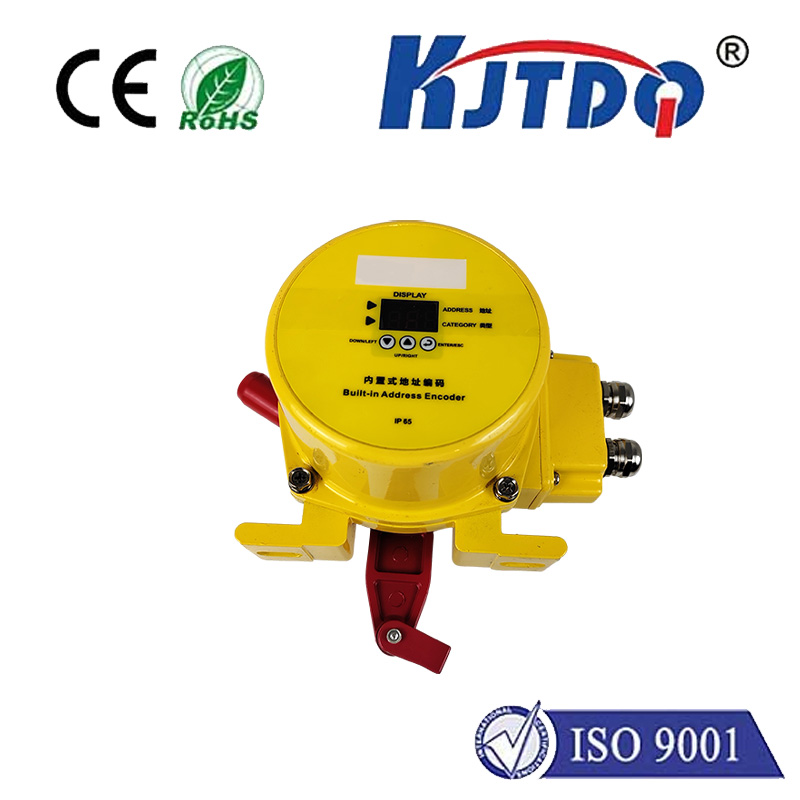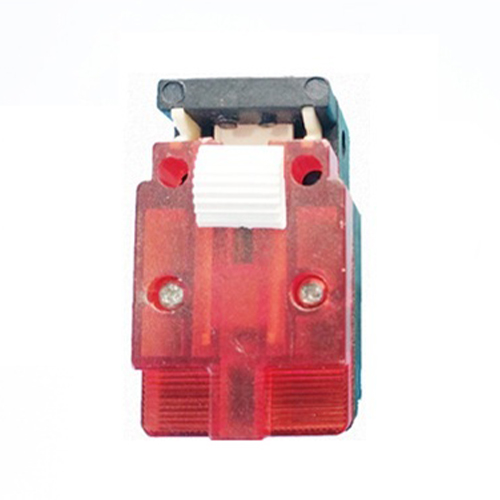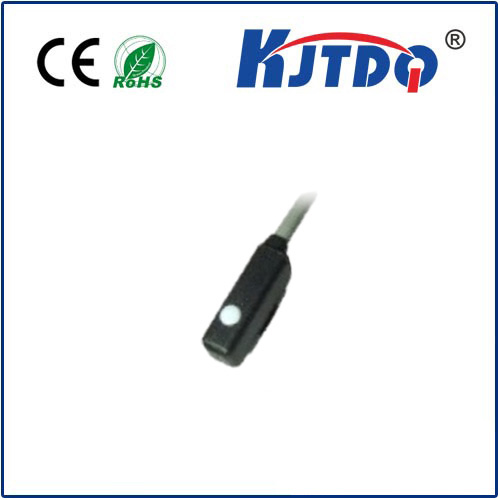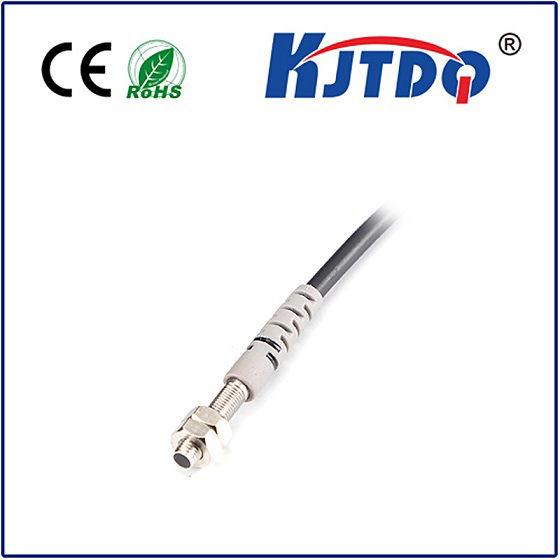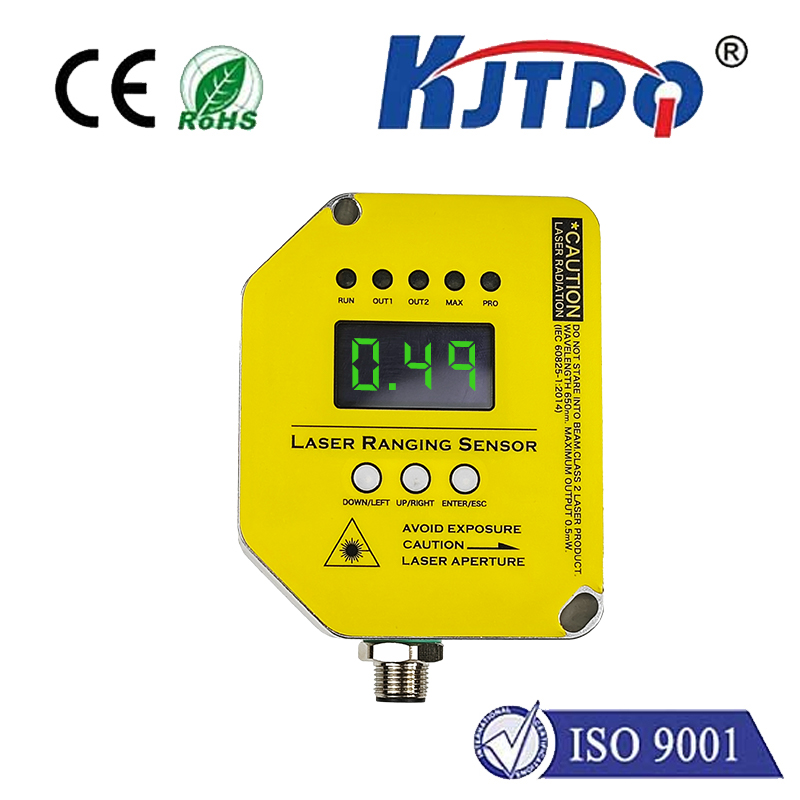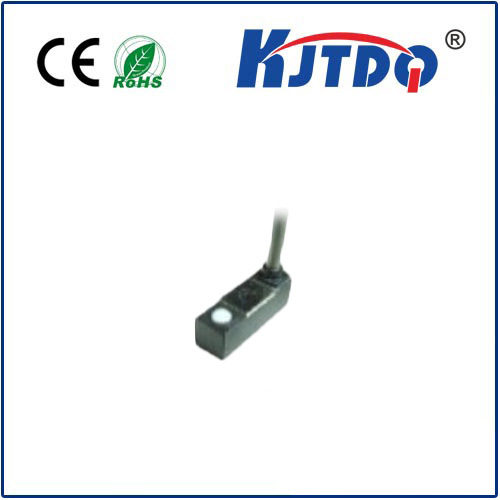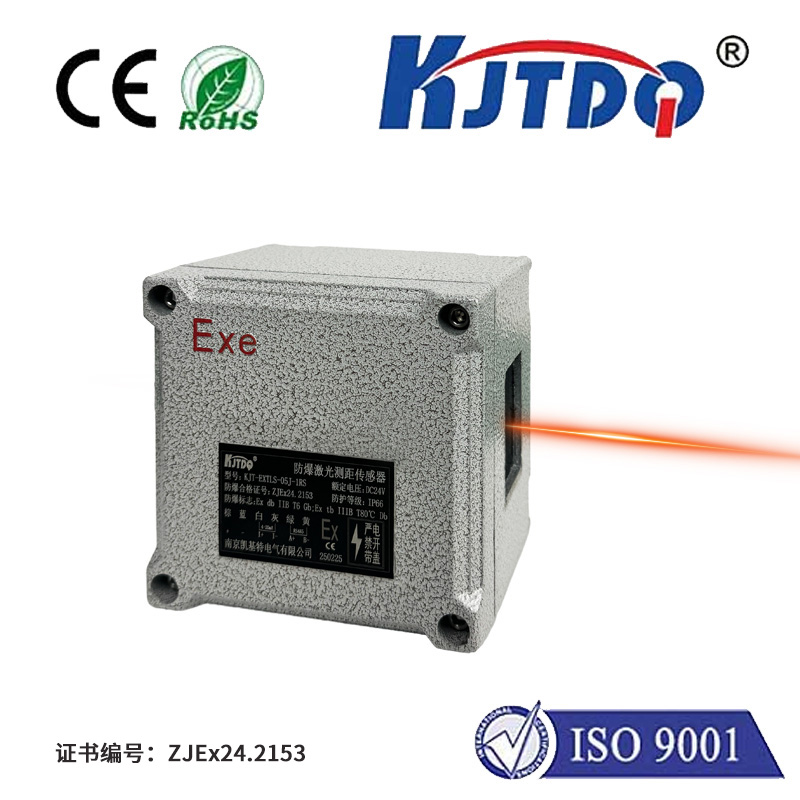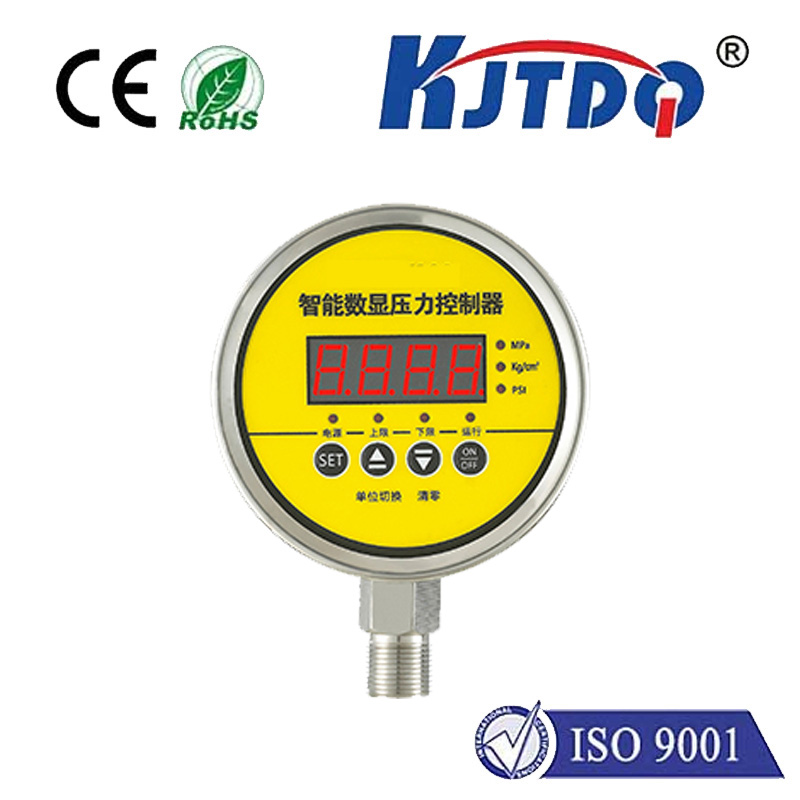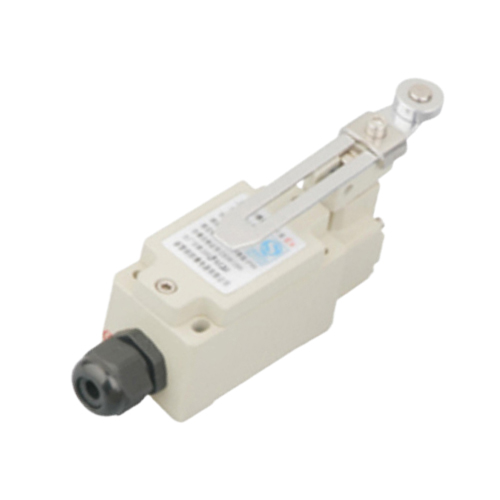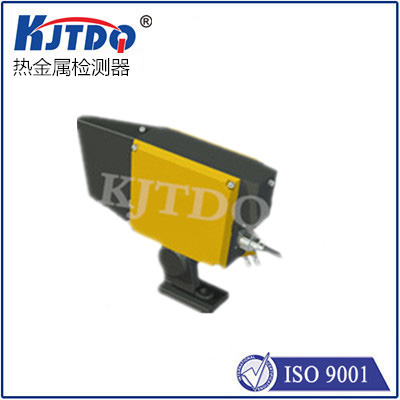BES03TL high pressure proximity sensor
- time:2025-10-15 03:26:39
- Click:0
How BES03TL High Pressure Proximity Sensors Ensure Safety & Stability in Critical Operations
Imagine a massive hydraulic press, generating forces measured in hundreds of tons. Within its intricate system, pressures soar to extreme levels. A single component failure here isn’t just costly downtime; it’s a potential safety catastrophe. Precise, reliable detection of moving parts within these high-stress environments isn’t a luxury – it’s an absolute necessity. This is precisely where specialized components like the BES03TL High Pressure Proximity Sensor become the silent, powerful guardians of industrial integrity. Designed to operate reliably where standard sensors would falter, these robust devices are critical for monitoring and control in demanding applications.
Understanding the High Pressure Imperative
Standard proximity sensors excel in typical industrial settings. However, introduce sustained or extreme high pressure (often defined in the range of hundreds of Bar / thousands of PSI), and conventional designs face critical challenges. Housing materials can deform or rupture. Seals protecting sensitive internal electronics can fail, leading to ingress of hydraulic fluid or coolant. Electrical connections might become unreliable. The result? Erratic signals, premature sensor failure, and potentially hazardous undetected malfunctions. Environments like hydraulic power units, high-pressure pumps, die casting machines, and certain chemical processing systems demand sensors engineered to withstand these relentless physical forces.
The BES03TL: Engineered Resilience for Demanding Environments

The BES03TL High Pressure Proximity Sensor isn’t merely a ruggedized version of a standard sensor; it represents a fundamental design philosophy focused on survival and precision under pressure. Key features define its capability:
- Robust, Pressure-Rated Housing: Typically constructed from high-grade stainless steel (e.g., 1.4571/316Ti), the housing is specifically engineered to resist deformation and fatigue under sustained high pressure cycles, often rated to withstand pressures significantly exceeding industry norms.
- Superior Sealing Technology: Achieving ingress protection ratings like IP67 or IP69K is standard. Crucially, the sensor incorporates specialized high-pressure seals designed to maintain integrity even when submerged in pressurized fluids or subjected to intense wash-downs. This prevents fluid ingress that could short-circuit electronics or cause drift.
- High-Temperature Tolerance: Environments generating high pressure often generate significant heat. The BES03TL is built with components and materials rated for elevated operating temperatures, ensuring stable performance and longevity where heat is a constant companion.
- Non-Contact Inductive Sensing: Utilizing the robust principle of inductive detection, the BES03TL reliably senses the presence or absence of ferrous metals (iron, steel) without needing physical contact. This wear-free principle is vital in high-vibration, high-pressure settings where physical contact sensors would rapidly deteriorate.
- Optimized Sensing Distance & Stability: While the specific sensing range varies by model (often designated by suffixes like -E0- or -E2-), the BES03TL is designed to offer consistent and reliable detection distances, immune to the detrimental effects of pressure fluctuations that might cause signal drift in lesser sensors. Instantaneous feedback is critical for control loops in these environments.
- Electrical Reliability: Features like short-circuit protection, reverse polarity protection, and stable electrical connections ensure the sensor provides dependable switch signals back to the control system, even in electrically noisy environments common near large motors and power units.
- Compliance & Safety: Many variants, especially those intended for harsh or hazardous locations, carry crucial certifications like ATEX/IECEx (for explosive atmospheres) or SIL (Safety Integrity Level) ratings. This makes the BES03TL a cornerstone for fail-safe operations where malfunction isn’t an option.
Where the BES03TL Makes the Critical Difference
This sensor isn’t designed for benign environments. Its unique combination of pressure resistance, sealing, and robustness makes it indispensable in:
- Hydraulic Power Units & Cylinders: Monitoring cylinder end positions, valve spool detection, and confirming component presence within heavily pressurized oil circuits, ensuring sequences operate correctly and preventing damage from over-travel.
- High-Pressure Pumps & Compressors: Detecting piston position, verifying valve operation, or confirming the presence of critical parts within the compression chamber under extreme pressure.
- Plastic Injection Molding & Die Casting: Reliable mold clamping detection, ejector pin position verification, and core pull monitoring where clamping forces generate immense cavity pressures.
- Test Benches & Presses: Position feedback on actuators and moving elements during material testing or forming operations involving massive forces.
- Offshore & Subsea Equipment: Qualified variants are essential for position monitoring in hydraulic systems operating at depth, where pressure and corrosion resistance are paramount.
- Chemical Processing: Monitoring valves, actuators, or agitator positions within pressurized reaction vessels or pipework, often dealing with aggressive media alongside pressure.
Beyond Detection: Enabling Efficiency and Safety
Integrating a BES03TL High Pressure Proximity Sensor does more than provide a simple on/off signal. It’s a fundamental element enabling:
- Enhanced Machine Safety: Confirming critical guards are closed or components are in safe positions before initiating high-pressure cycles.
- Improved Process Control: Providing precise position feedback for closed-loop control of hydraulic actuators or valves, leading to better product quality.
- Predictive Maintenance: Reliable sensors allow accurate monitoring of cycle counts or component movement, facilitating maintenance before catastrophic failures occur.
- Reduced Downtime: The inherent durability and reliability of the BES03TL minimize unexpected failures and costly production stoppages caused by sensor issues in critical pressure zones.
- Operator Protection: By ensuring machinery operates only when conditions are verified as safe, these sensors play a vital role in protecting personnel.
Selecting the Right Tool: Key Considerations
When specifying a BES03TL High Pressure Proximity Sensor for an application, engineers must carefully evaluate:
- Maximum Operating Pressure: Ensure the sensor’s rating significantly exceeds the application’s peak pressure, including potential surge pressures.
- Fluid Compatibility: Verify housing material and seal compatibility with the specific hydraulic fluid, coolant, or chemical present.
- Required Sensing Distance: Choose the correct model variant (e.g., BES03TL-xxx-E0-xx) offering the necessary nominal sensing range for the target position.
- Operating Temperature Range: Match the sensor’s rating to the ambient and process-generated heat.
- Electrical Requirements: Voltage, current output (PNP/NPN), and connection type (pre-wired cable or connector).
- Required Certifications: ATEX, IECEx, SIL, or other industry/region-specific mandates.
The relentless demands of modern heavy industry require components that don’t just function, but endure. The BES03TL High Pressure Proximity Sensor embodies this resilience. Its specialized construction, focused on surviving and performing under crushing pressures and challenging conditions, transforms it from a simple switch into a vital component safeguarding personnel, protecting expensive equipment, and enabling efficient, reliable production. By providing ultra-reliable, non-contact detection exactly where pressure peaks, it delivers the certainty needed for control systems to manage powerful forces safely and effectively.
A hydraulic engineer watches a high-pressure valve module; deep within its stainless steel housing, a BES03TL sensor silently confirms actuator position, sending its reliable signal as pressures climb steadily towards 400 Bar, enabling the next critical phase of the operation.






